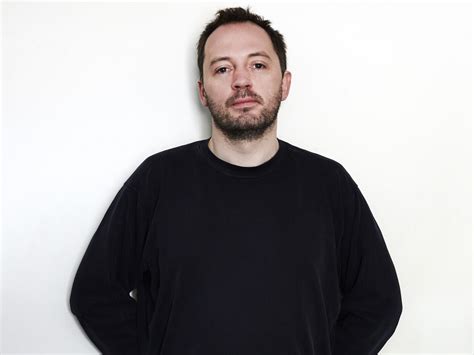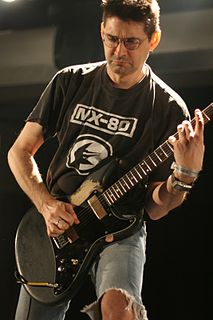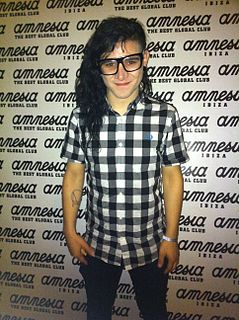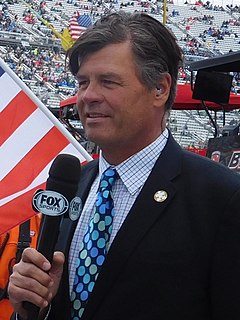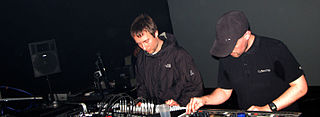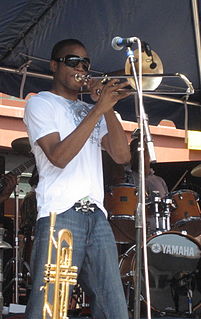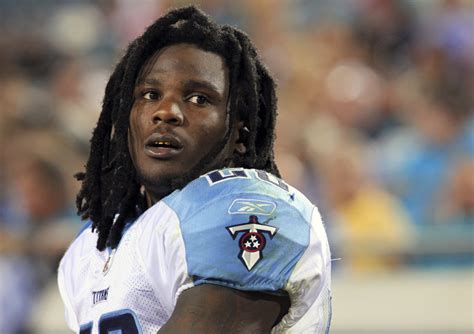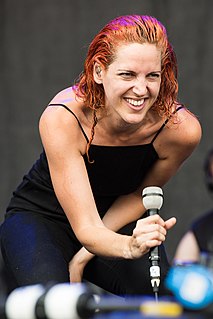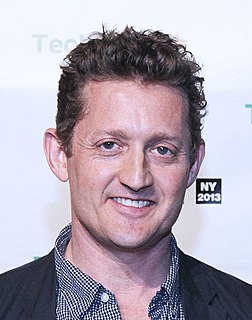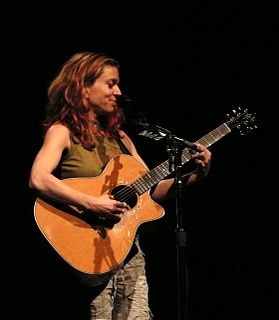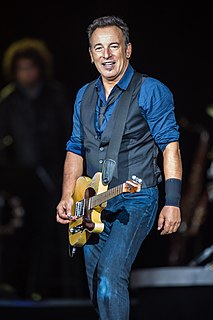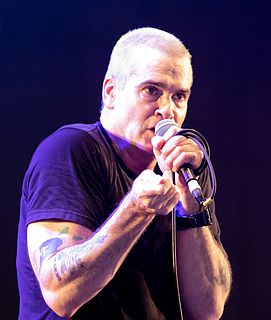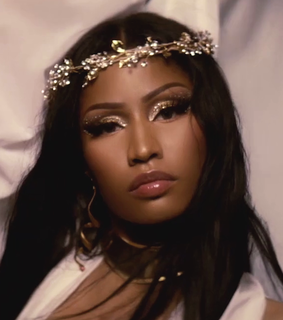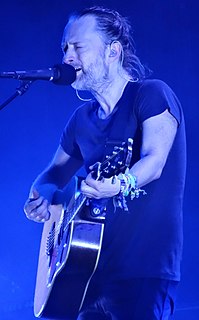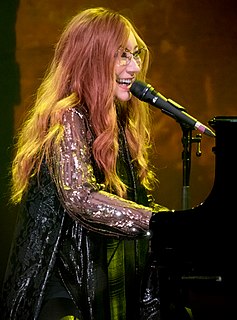A Quote by Tom Jenkinson
There's a couple of tracks on the new record which is sort of using similar sort of rhythms as the drum and bass tracks but playing it all live. It's a new approach to it.
Related Quotes
For AERO, I wanted to revisit in 5.1 some existing tracks in order to give them that space I had imagined when I originally composed them, and also to compose some new tracks for this new technology. All of the existing tracks in AERO have been performed with the original instruments, re-recorded and spatially arranged/spatialised for this new dimensional sound experience without betraying their very essence.
The reason for backing tracks is to not veer off too far from the record and have what the fans actually want to hear. Artists use backing tracks just so they can stay close to the record and what the consumer heard for the first time. It's not to be confused with lip synching or anything like that cos that's not happening at all.
Recently I have been spending my lunch with other game directors playing over local connection battle in Spirit Tracks. It is very good to do that in order to facilitate better communications between us. I have been partnering with the director of the Spirit Tracks to fight against the director of the new Wii game and yes, recently we have been winning!
I'm always making tracks. I find that when you make tons of tracks, you stumble upon genius. You can't always turn the drum machine on and right away there's a hot track. Sometimes you luck out. But it can take a lot of time between thinking about the artist, listening to music for inspiration or going to clubs.
There was always this sort of weird process in the development and pre-production, thinking, 'How do we get the studio tracks that Joy Division recorded that are so clean and pristine but sound rough and live and how do we get the live versions to actually sound clear enough so you can make out what they're saying?' That was sort of the frustration with Anton Corbijn and myself, figuring out how we make that work.
